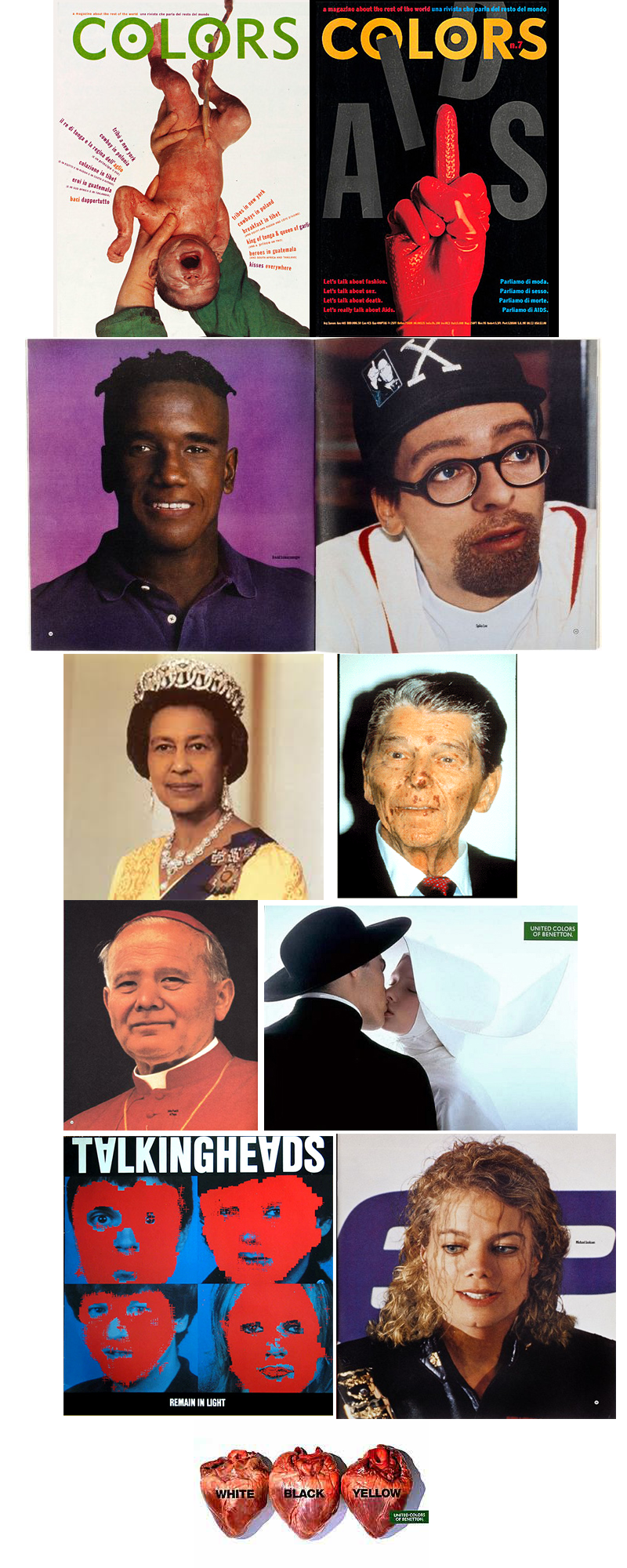Design That Matters: Tibor Kalman
 The purpose of graphic design is to communicate ideas. Effective design can also change the world. This is why I am a big fan of the work of Hungarian designer and editor Tibor Kalman. He is best known for using the artform for communicating social justice issues. Most of his work from the 1980s and 1990s have influenced many younger designers like myself in communications design.
The purpose of graphic design is to communicate ideas. Effective design can also change the world. This is why I am a big fan of the work of Hungarian designer and editor Tibor Kalman. He is best known for using the artform for communicating social justice issues. Most of his work from the 1980s and 1990s have influenced many younger designers like myself in communications design.
Kalman once said that “graphic design is a language, but graphic designers are so busy worrying about the nuances – accents, punctuation and so on – that they spend little time thinking about what the words add up to. I’m interested in using our communication skills to change the way things are.”
Kalman actually went to school to learn journalism, but dropped out to work in a bookstore that would eventually become Barnes & Noble, where he became the company’s first creative director. He went on to start his own design firm and created corporate brands, but quickly grew tired of it and refocused on innovative design.
His newly-found focus could be first found in the fourth studio album by the punk rock band Talking Heads, which featured four digitally manipulated photographs of the group members – a technique that was done long before Photoshop was ever even invented.
Kalman moved on to working for magazines like Interview and Artform, but he is best known for being the editor-in-chief of Colors, the in-house magazine for Benetton. He used the platform to explore controversial issues, such as religion, war, sex, crime, abortion, racism, greed and AIDS. My favorite piece by him is the recreation of Ronald Reagan as a AIDS patient. It is a disturbing, but effective image of a sickly Reagan to represent his “ill” manner towards HIV/AIDS policy during his presidency.
Kalman devoted one issue to the topic of racism and re-imagined famous people with different skin tones and features, like a black Queen Elizabeth and Arnold Schwarzenegger, an Asian Pope John Paul II and a white Spike Lee. He also recreated Michael Jackson as a white person, which is not too different from how he actually looked later in his life… but I digress.
Kalman also encouraged other designers to lead by example in other areas of their work, like being more responsible to the environment with their design work.
Unfortunately, Kalman died in 1999 from cancer, but his legacy still lives on through his work and the work of other designers. If you want to read more about him, check out Tibor Kalman: Perverse Optimist and Tibor Kalman: Design and Undesign
Here are some of his designs:
